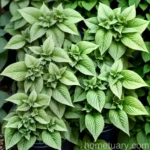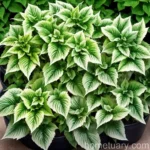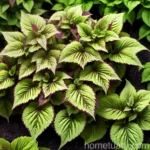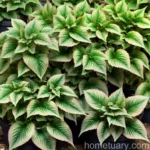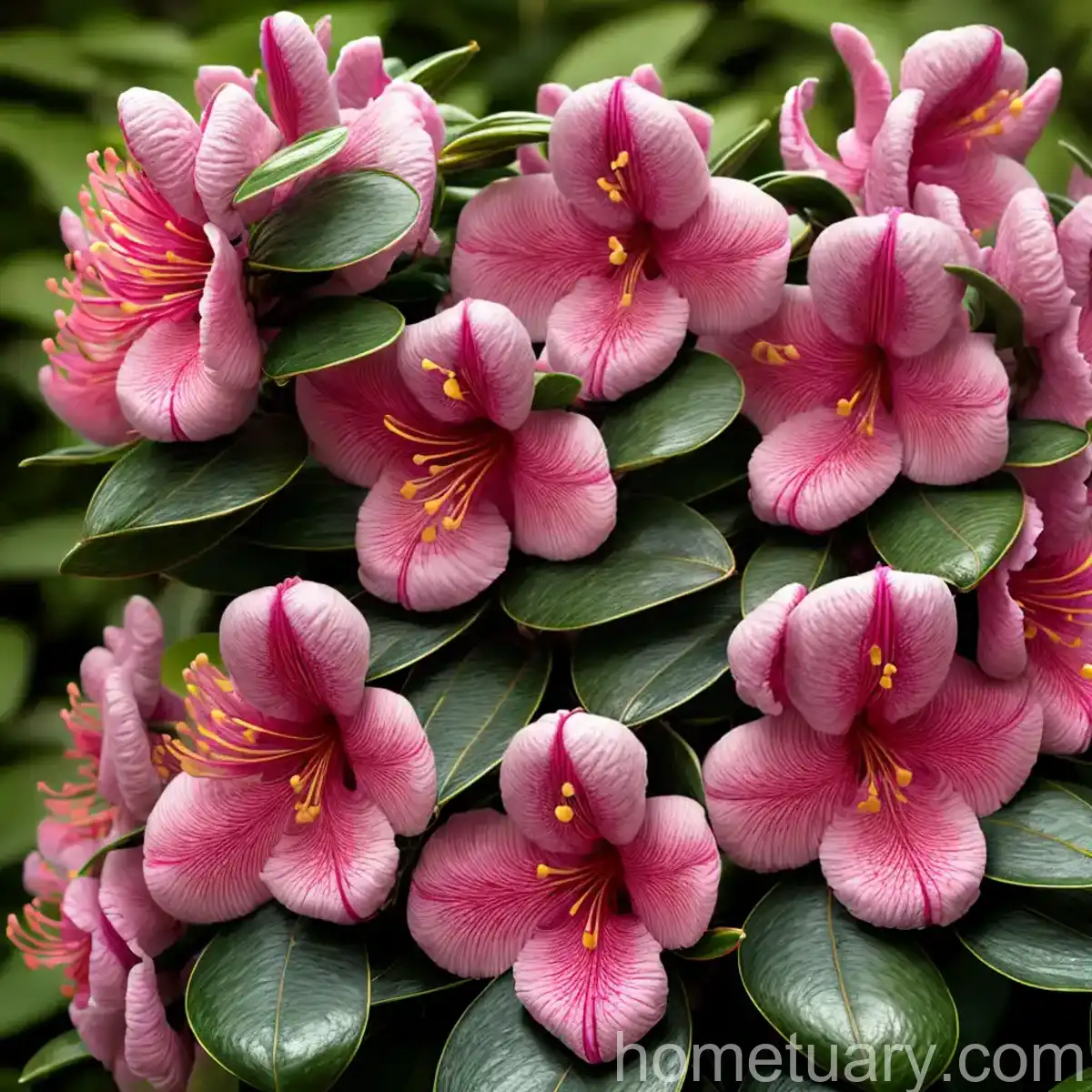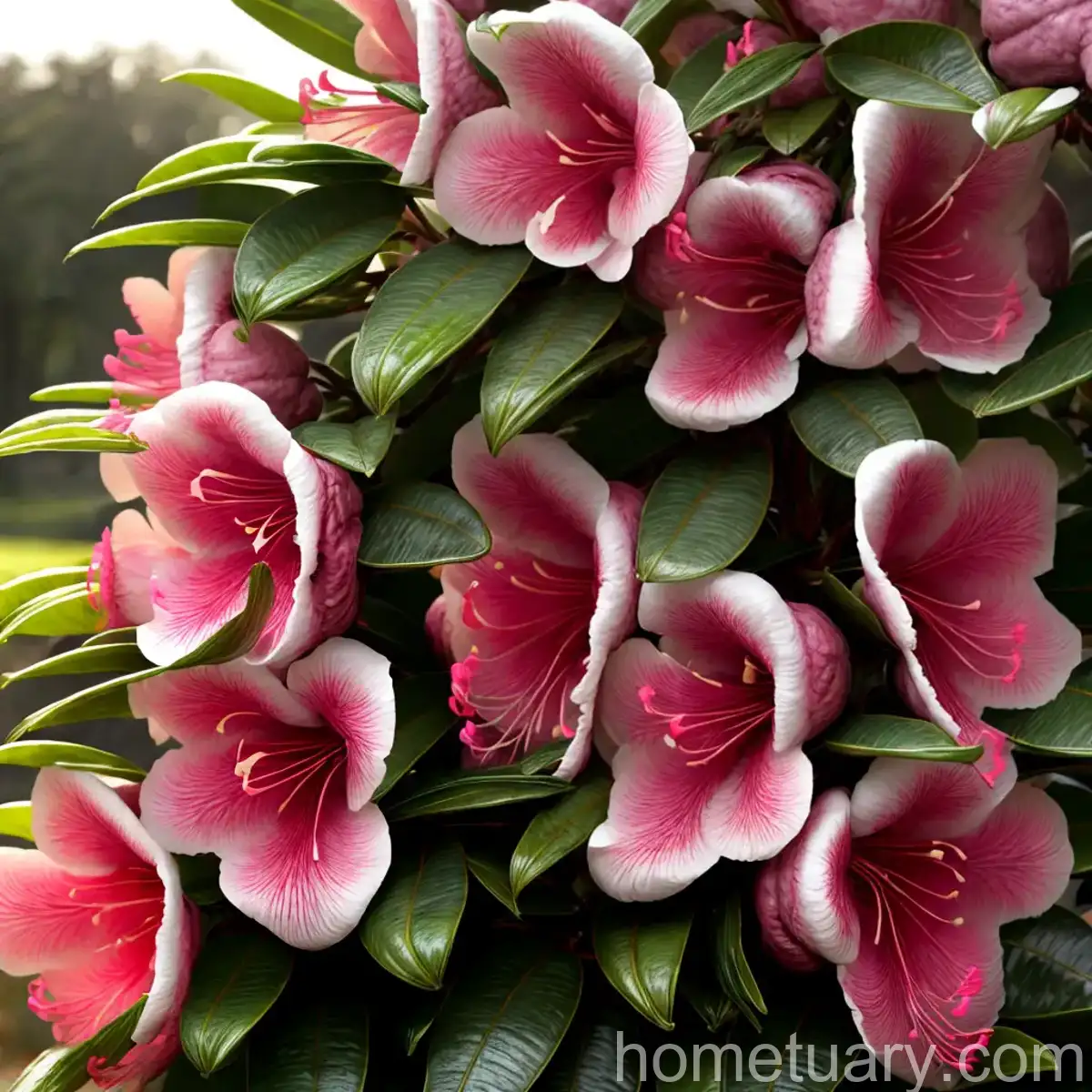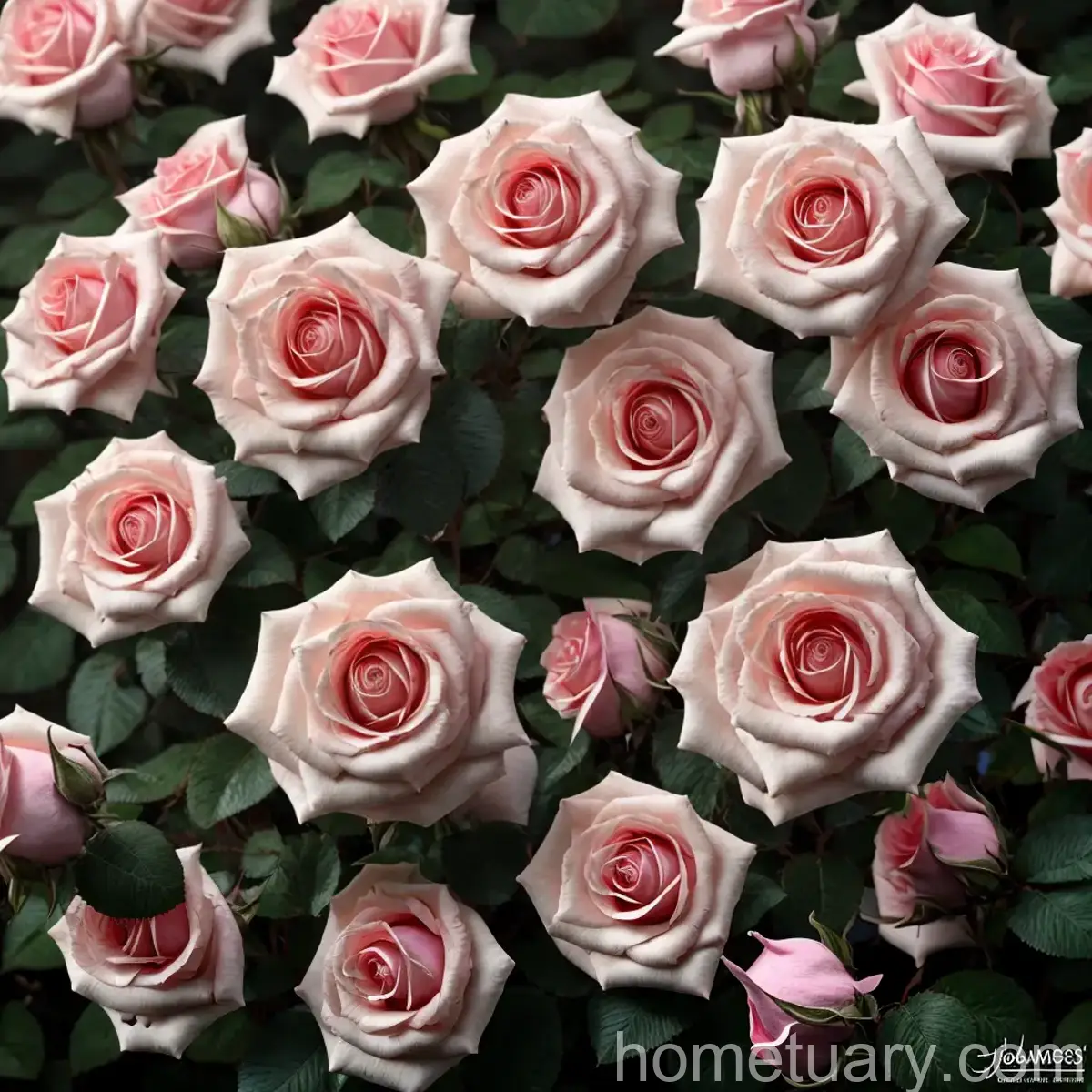The Silver Spurflower (Plectranthus argentatus): A Comprehensive Guide
Plectranthus argentatus, commonly known as the Silver Spurflower, is a stunning ornamental plant that has gained popularity for its striking foliage and versatility in various gardening settings. This article serves as a comprehensive guide to understanding the culture, uses, care, and maintenance of the Silver Spurflower. Whether you are a seasoned gardener, a plant enthusiast, or a beginner looking to add an appealing plant to your space, this guide will provide valuable insights into cultivating and enjoying the beauty of Plectranthus argentatus.
What is the Silver Spurflower (Plectranthus argentatus)?
Plectranthus argentatus is a species of flowering plant in the family Lamiaceae, native to Australia. It is valued for its velvety, silver-gray foliage, which provides an attractive contrast in gardens and landscapes. This herbaceous perennial is characterized by its soft, felt-like leaves and its ability to thrive in various environmental conditions.
Key Takeaways – Silver Spurflower (Plectranthus argentatus)
- Botanical Name: Plectranthus argentatus
- Common Name: Silver Spurflower
- Family: Lamiaceae
- Native Region: Australia
- Foliage: Silvery-gray, velvety leaves
- Utility: Ornamental use in gardens and landscapes
In the following sections, we will delve into the culture, uses, and the comprehensive care requirements for cultivating and maintaining the Silver Spurflower.
Culture
Water
The Silver Spurflower is a relatively low-maintenance plant when it comes to watering. It thrives in well-draining soil, and overwatering should be avoided to prevent root rot. During the growing season, it is advisable to water the plant when the top inch of the soil is dry. In contrast, during the winter months, it is essential to reduce watering, allowing the soil to partially dry out between watering sessions.
Sunlight
One of the outstanding features of the Silver Spurflower is its adaptability to various light conditions. While it grows best in partial shade to full sun, it can tolerate both shade and direct sunlight. However, in regions with intense heat, providing some afternoon shade can benefit the plant and prevent leaf scorching.
Fertilizer
To promote healthy growth and abundant foliage, the Silver Spurflower benefits from a balanced, all-purpose fertilizer. During the growing season, applying a slow-release fertilizer every six to eight weeks can provide the necessary nutrients for robust development. It is important to follow the instructions on the fertilizer package to avoid over-fertilization, which can lead to excessive vegetative growth at the expense of flower production.
Soil
The Silver Spurflower thrives in well-draining, fertile soil. A mixture of loamy or sandy soil with good drainage properties is ideal for cultivating this plant. Additionally, maintaining soil pH between 6.0 and 7.5 creates an optimal growing environment for Plectranthus argentatus.
Pruning
Pruning is an essential aspect of Silver Spurflower care, especially for maintaining its compact and bushy growth habit. Regular pruning helps to promote branching, improve air circulation, and prevent the plant from becoming leggy. It is recommended to trim back the plant in early spring to encourage new growth and maintain its overall shape. Deadheading spent flowers can also stimulate further blooming and enhance the aesthetic appeal of the plant.
Propagation
Plectranthus argentatus can be propagated through stem cuttings, making it relatively easy to expand your collection or share this plant with others. The following steps outline the process of propagating the Silver Spurflower through stem cuttings:
- Select healthy, non-flowering stems for cuttings.
- Make a clean cut just below a leaf node.
- Remove the lower leaves to expose the nodes.
- Place the cuttings in a well-draining, moist potting mix.
- Keep the potting mix consistently moist and provide indirect sunlight.
- Once roots develop, transplant the cuttings into individual pots or into the garden.
Container Popularity
The Silver Spurflower is a popular choice for container gardening due to its striking foliage and versatility in design. Whether used as a standalone specimen or combined with other plants in mixed containers, Plectranthus argentatus adds an elegant touch to patios, balconies, and indoor spaces. Its adaptability to different light conditions makes it an ideal choice for container gardening in various settings.
Common Diseases
Disease Diagnosis
Silver Spurflower is relatively resistant to diseases, especially when grown in suitable cultural conditions. However, it may be susceptible to root rot if overwatered, particularly in poorly draining soil. Proper watering practices and ensuring adequate soil drainage can mitigate the risk of root rot.
Common Pests
The Silver Spurflower is generally resistant to most common garden pests. However, it may occasionally encounter issues with aphids, spider mites, or whiteflies, especially when grown in indoor or greenhouse settings. Regular monitoring and insecticidal soap applications can help manage these pest infestations effectively.
Botanist’s Tips
Fun Facts
- The Silver Spurflower’s foliage is not only visually appealing but also possesses a pleasant, aromatic scent, adding sensory delight to gardens and landscapes.
- Its native habitat in Australia reflects its adaptability to warm climates, making it a resilient and attractive choice for gardens in temperate regions.
Links to External Resources
For further exploration of the Silver Spurflower and related topics, the following external resources provide valuable information and insights:
- Plectranthus argentatus Care and Cultivation Guide
- Growing Silver Spurflower in Different Environments
- The Beauty of Silver Spurflower Foliage
- Comprehensive Guide to Plectranthus argentatus Propagation Techniques
- Utilizing Silver Spurflower in Ornamental Landscaping
Incorporating the above sections has hopefully provided a holistic understanding of the Silver Spurflower, from its cultural requirements to its unique uses and advantages. Whether adorning outdoor gardens or indoor spaces, the Silver Spurflower’s graceful presence and remarkable adaptability make it an excellent choice for diverse gardening enthusiasts. Through careful attention to its needs and a keen eye for design, this plant can truly shine and enhance any environment in which it is grown.
As we continue to appreciate and cultivate plants like Plectranthus argentatus, we deepen our understanding of the natural world and the myriad wonders it offers. May this guide serve as a source of inspiration and knowledge as you embark on your journey of cultivating and appreciating the beauty of the Silver Spurflower. Happy gardening!




